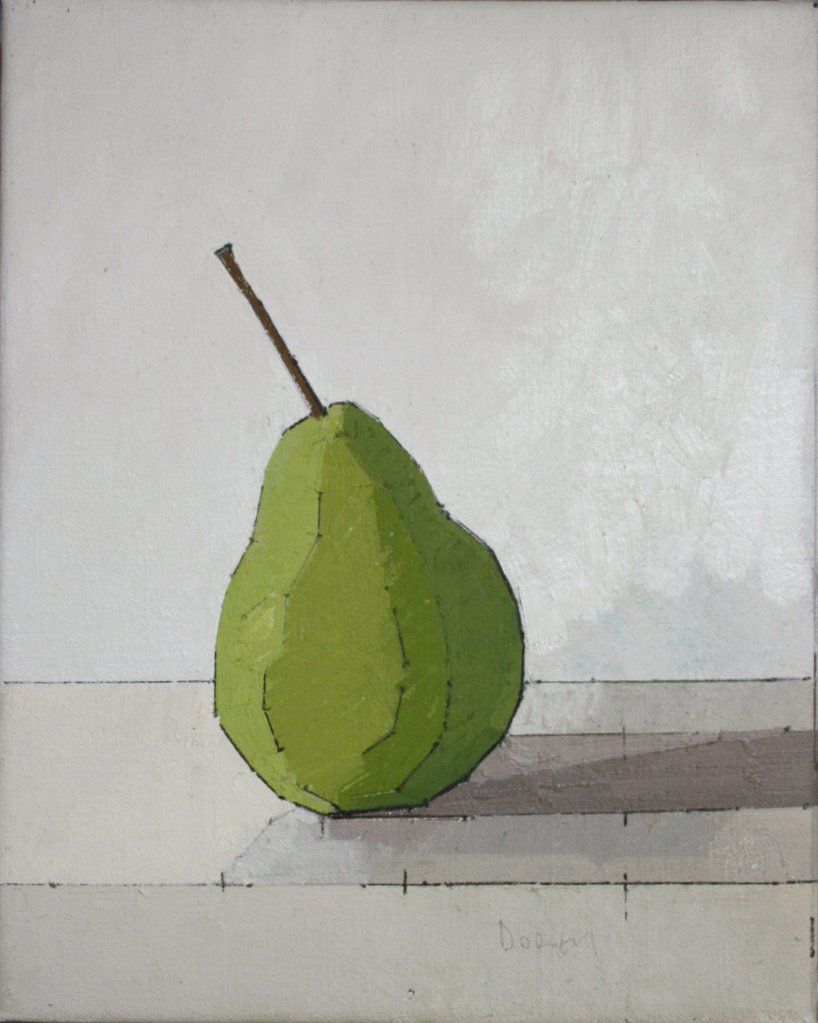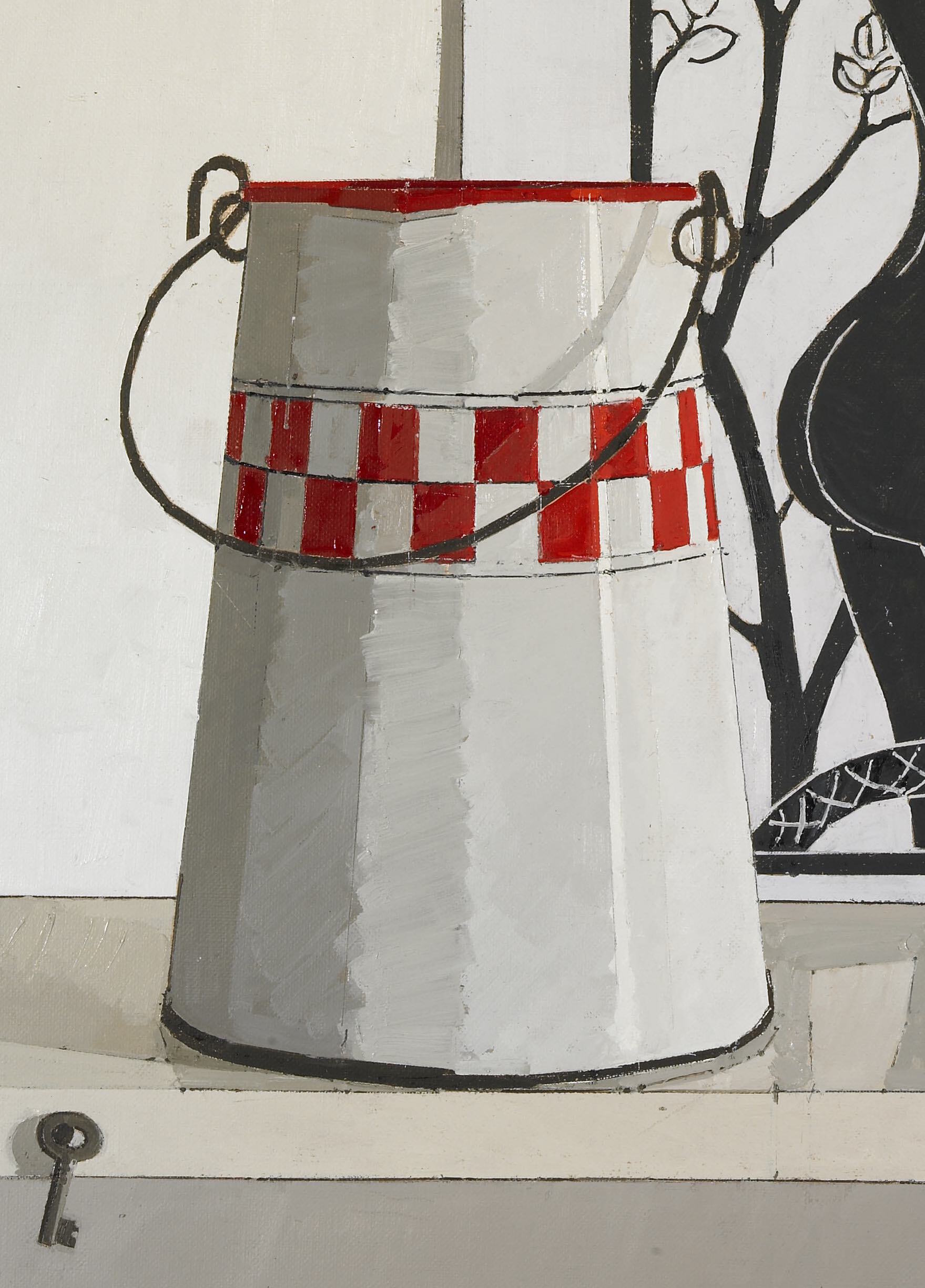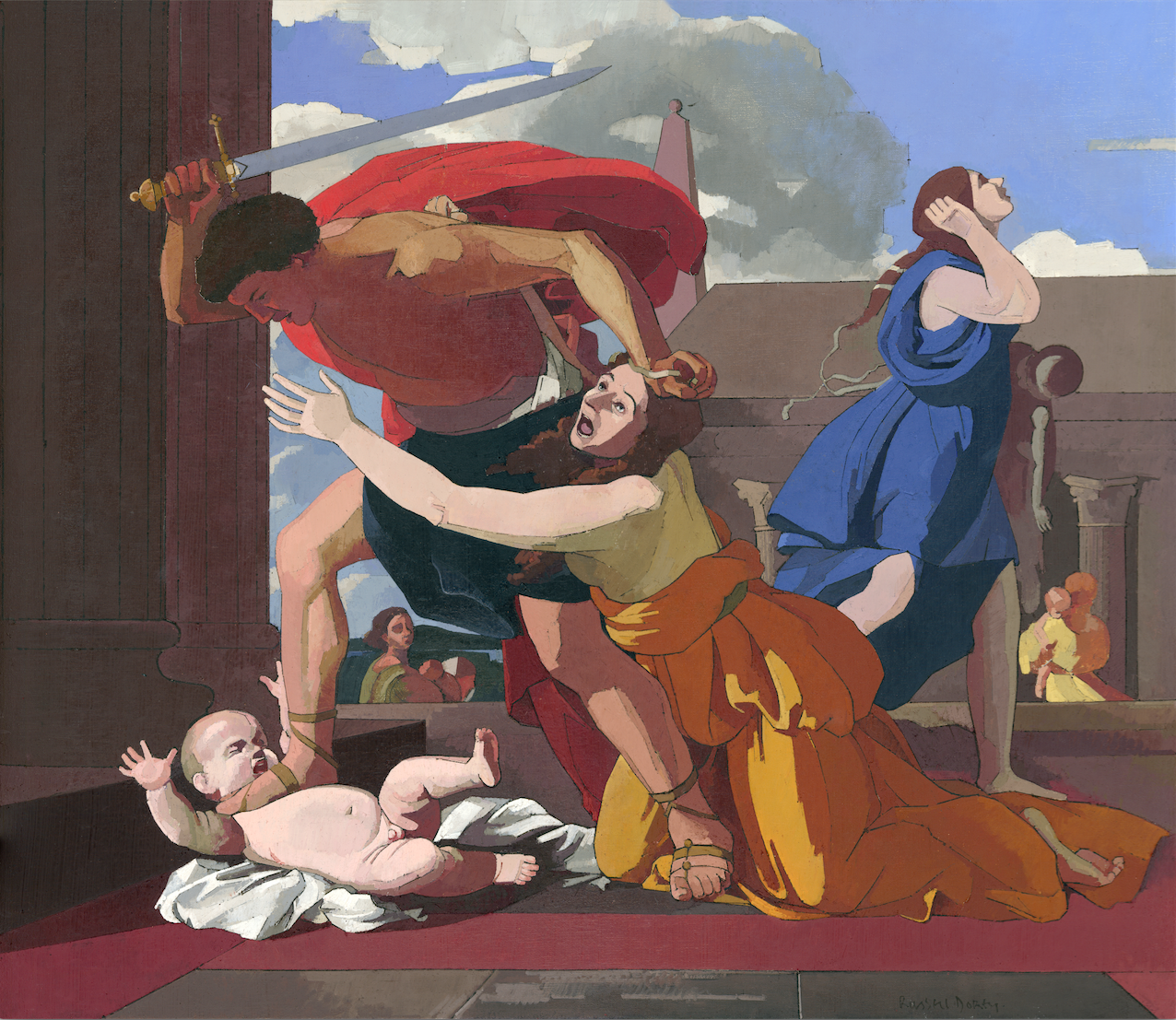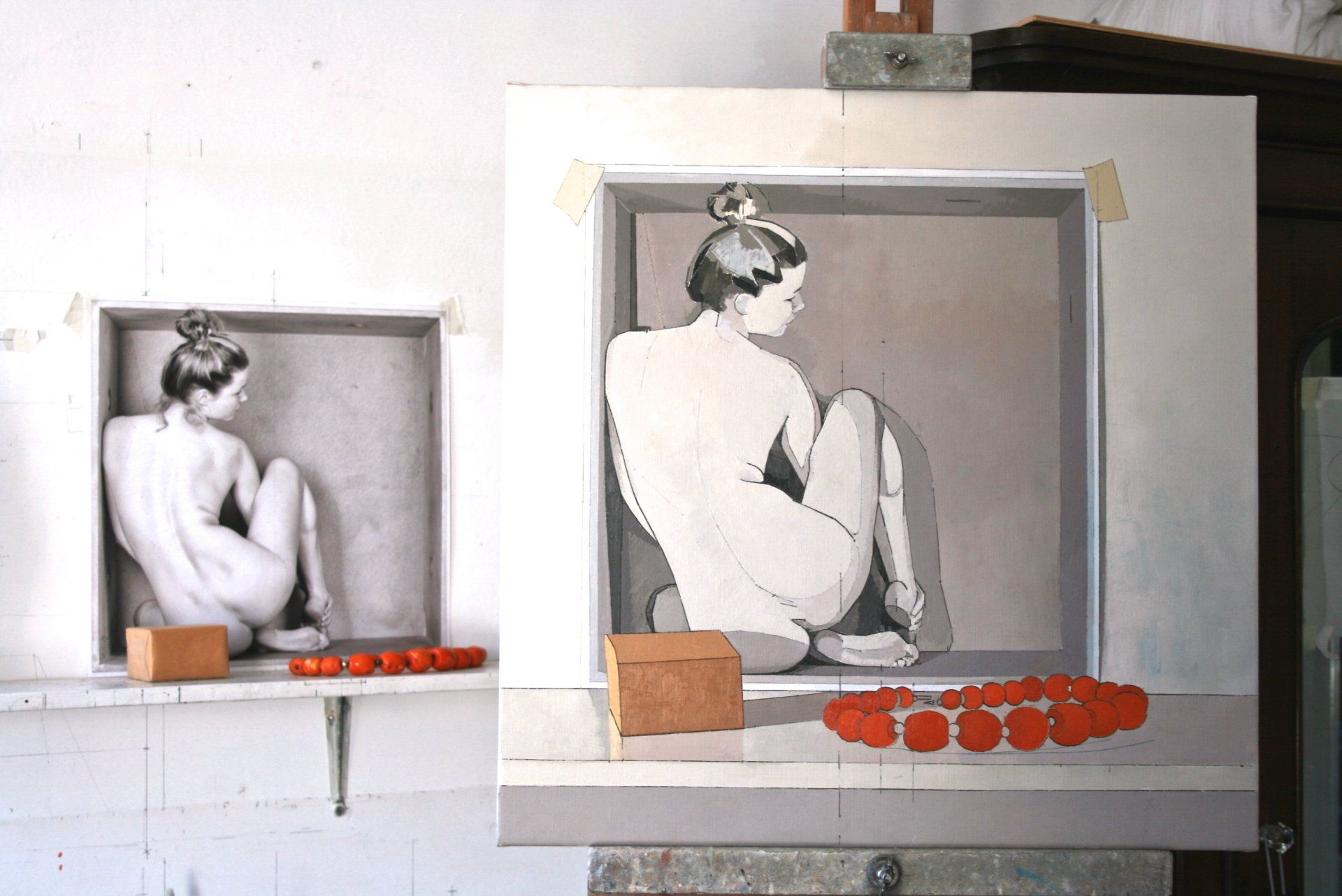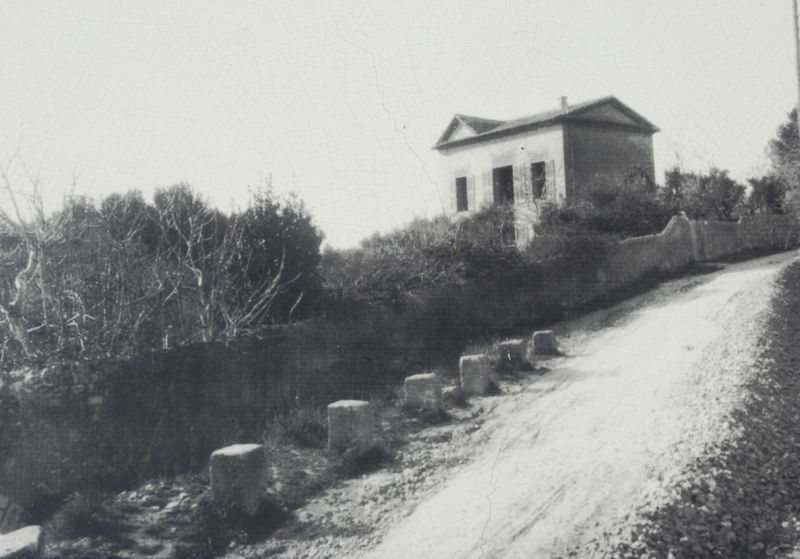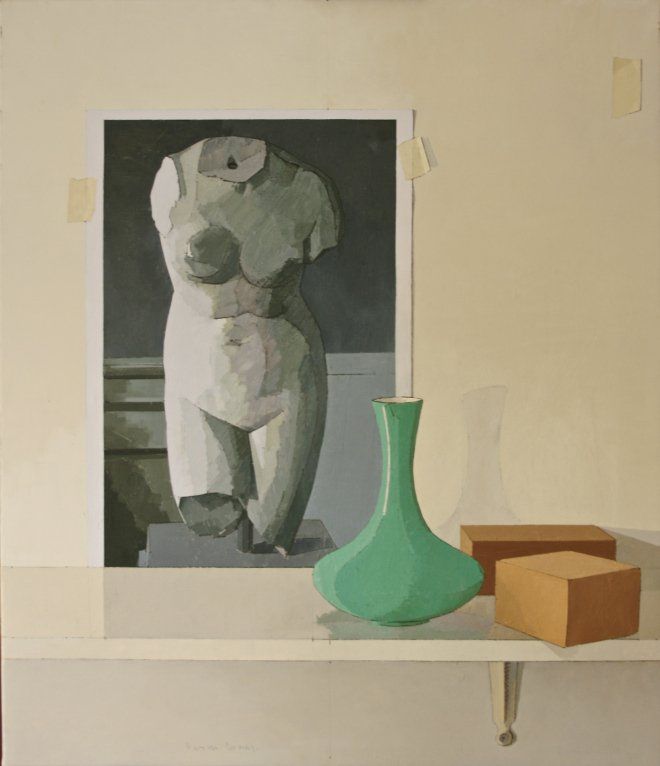NONSENSE
It’s still the afternoon of day one and I’m still in Cezanne’s beautiful studio at Les Lauves.
I am jealous of that studio.
A little French woman insisted on breaking into my reverie giving a terrible talk in not very good English.
There were some interesting facts and some of it was rubbish but some of it was just … French. Is it a peculiarity of the French to insist on a symbolic meaning for everything?
The three human skulls that Cezanne painted are still sitting in his studio and she explained that for Cezanne they signified mortality. She said that when he painted apples they signified life, and that the candle in a candlestick signified the passage of time; alight it signified life and extinguished it signified death.
Save me !
I buttoned my lip but got to the point where if she had said ‘signified’ one more time I would have had to tell her, politely, that she was just being very silly.
Cezanne’s skulls are symmetrical and complex subtle forms, they’re perfect objects to draw and to paint. Apples are bright coloured spheres and the candlestick is a useful vertical in a composition. People get it very wrong when they try to impose meanings onto Cezanne’s paintings. We are more used and more comfortable with words than pictures and so we want everything translated into words. They can help you to approach a painting but the point of a painting is that it is itself; a discussion about something with line tone and colour as the grammar and vocabulary.
I remember similar nonsense in the catalogue for the Cezanne portraits exhibition at the National Portrait Gallery. Whoever wrote it was ladling on meaning with a trowel; it went on about how Mme Cezanne’s expression hovered somewhere between a smile and … some other emotion, as though, being a good painter he was also able to peer into peoples souls which is, I believe, rubbish. Cezanne was socially hopeless.
Zola said (and this may have been early in his career) that Cezanne did most of the actual painting when the sitter had left because the presence of an actual person distracted him, he just mostly looked and made colour notes while the sitter was there.
When he painted his wife he was using a figure to build a composition. He was interested in her head as an object, but he wasn’t much interested in her expression and certainly not interested in capturing or conjuring an emotion, but a face has to have a mouth so he made a mark.
